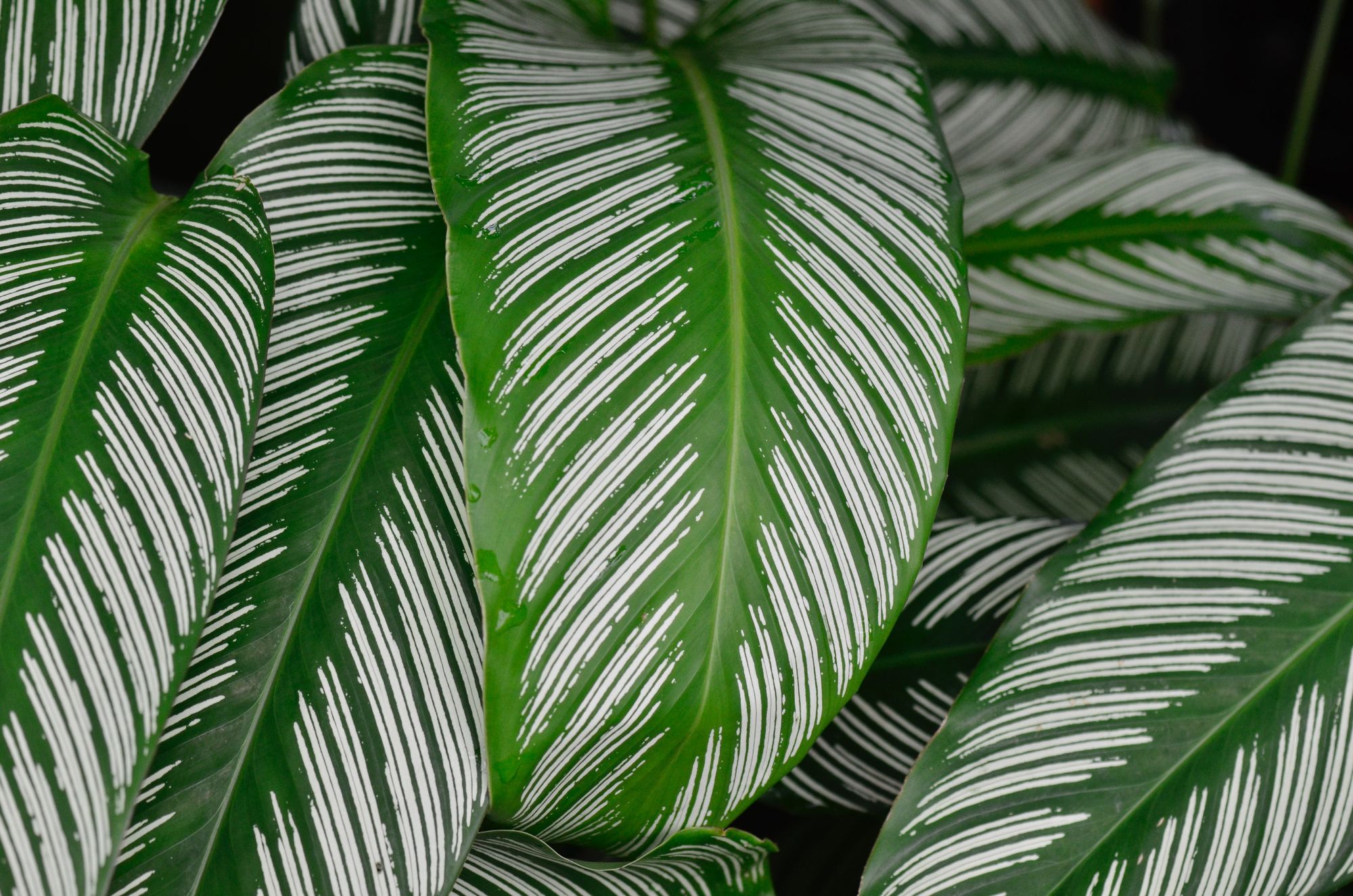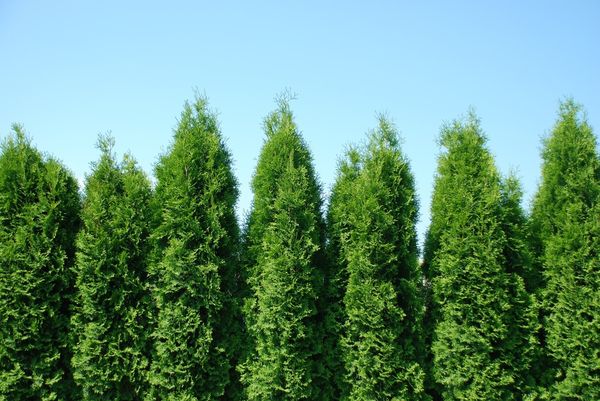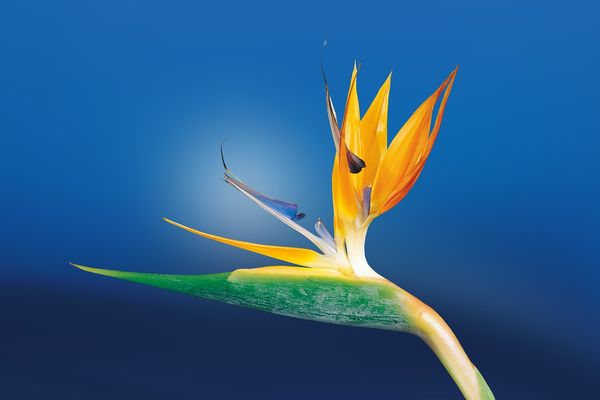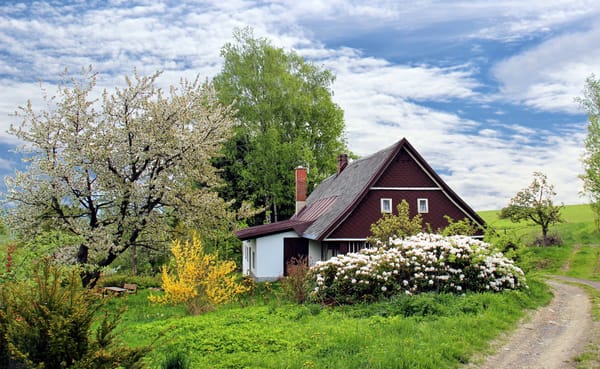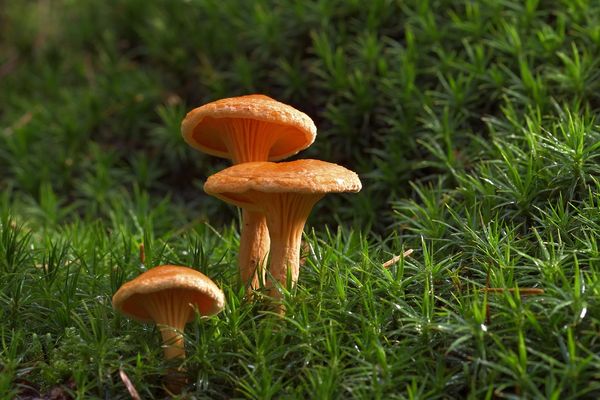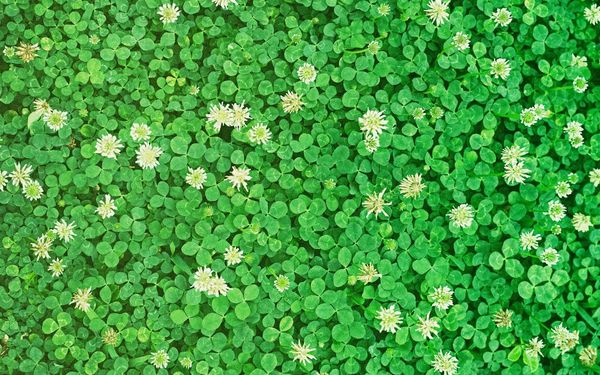Leaf curl is a frequent issue with Calathea houseplants, and although it might be alarming, it's often one that can be resolved quickly and simply with a bit of knowledge and plant TLC.
Even though these lovely houseplants are often simple to care for, their owners still need to know their preferences and quirks.
If Calathea leaves curling has become an issue for you, this article will help you identify it, deal with it, and prevent it from happening again.
Why Are My Calathea's Leaves Curling?
Calathea leaf curl often results from physiological problems with the plant, including under or over-watering, drastic changes in temperature and humidity, and over-fertilizing.
Curling Calathea Leaves
Dehydration is the most frequent cause of Calathea leaves curling. When a plant is adequately hydrated and under typical conditions, water is absorbed from its roots via its stems and finally reaches its leaves.
For plants to use photosynthesis in their leaf cells, transpiration is essential. Consider it a natural protection. The leaves will curl inward to save any water and stop it from evaporating through the leaves when there is an absence or shortage of water.
Dehydration is just one cause of the curling leaves on your Calathea. Thus more examination may be needed to determine the specific cause.
While this may provide its difficulties, it is more likely that your prized plant will display other symptoms that will allow you to identify the problem and then treat it appropriately. What you should know is as follows.
Curling and Drooping Galatia leaves
Calathea leaves curling, and drooping are related to two main factors. Low humidity and a shortage of water are these. It's worth looking deeper to determine the exact reason since your plant may be struggling with one or both problems.
Calathea dislikes having their soil entirely dry up. Thus they need constant irrigation. This may be prevented by checking the amount of moisture in the soil every three to four days, either using a moisture meter or by putting your finger 2 inches below the surface.
If the problem isn't dry soil, think about the humidity level. Calathea is a tropical plant that thrives in environments with high humidity levels, often between 50% and 60%. For more delicate kinds, even more humid.
Curled and Becoming Yellow Galatia Leaves
The leaves of your Calathea may be curling and becoming yellow due to overfertilizing, which may also cause dryness.
Calathea benefits from regular fertilization, but too much fertilizer in the soil might cause salt levels to rise. This then pulls moisture from the ground your plant would have otherwise absorbed. The absence of water absorption will result in yellowing and curled leaves.
Browning and Curling Calathea Leaves
Under the tropical canopy of rainforests, calathea may be seen flourishing. They are thus used to both humid weather and a lot of bright, indirect sunshine. Your Calathea plant may get sunburned if you are subjecting it to much direct sunlight, such as if it is placed on a southerly or westerly-facing windowsill.
During the warmest and brightest time of the day, move it or place a screen be, tween the plant and the window.
Brown tips, though, might also be an indication of overwatering if a lousy soil odor accompanies them. The presence of a foul smell indicates root rot. When the soil is wet for extended periods or overwatered, the roots get saturated with water.
Dehydration may ultimately result if this is not handled. If your plant's roots are moist or its tips are damaged, it won't be able to absorb the nutrients or water it needs to be healthy and function regularly.
Crispy or Dry Curling Calathea Leaves
Calathea plants that have experienced low humidity or underwatering may show signs of stress, like curled, dry, and crispy leaves.
A buildup of minerals or salt may be too much for your plant to manage, which is another reason for crispy, dry leaves that are turning yellow or brown at the tips.
Switching to rainwater, distilled water, or even filtered water is worthwhile if you usually water your Calathea with ordinary tap water.
Causes Of Curling Calathea Leaves And Solutions
Your Calathea's leaves curling may be fixed after you have considered all the symptoms and determined the cause.
1. Being above or underwater
The difference between a healthy and cheerful-looking houseplant and one that is sick and unappealing is the watering regimen you choose for your Calathea. Calathea wants to have their soil constantly rinsed and does not enjoy it when it becomes too dry.
However, they cannot accept wet roots, so ensure the soil is well-draining and the pot or container has many drainage holes.
How often should Calathea be watered?
I advise watering indoor plants on an as-needed basis. This is because seasonal and geographical differences affect the amount of water they need. Your plant may need more regular watering in areas with higher humidity and warmer temperatures. Less regular watering is required for dormant plants and in more excellent regions.
Dig two fingers or a moisture meter at least two inches into the ground. If the soil is damp two inches beneath the surface, your plant requires irrigation. Hold off watering if the soil is wet, and recheck in a few days.
Consider the potting media you're using and the size of the drainage pores in your pot or container if the soil is wet and stays wet when you check again.
Does Calathea need to be bottom watered?
To ensure that the soil only takes as much water as it can retain, I advise bottling for Calathea. On the other hand, watering from the top down enables surplus water to drain away. It aids in flushing out the minerals and salts that may remain in the soil after fertilization or when using regular tap water for irrigation. Top watering aids in avoiding root burn and overfertilizing.
If you want to water your plants from the top down, ensure the soil is well-draining and that the pot or container has enough drainage holes. See more below about soil that drains effectively.
How is Overwatered Calathea fixed?
Overwatered Calatheas need to be removed as quickly as possible from their pot or container. I usually advise removing and replacing old soil with new, drained soil after repotting.
Also, take into account how well the present pot or container works. If it doesn't have drainage holes, swap it out with a new one with superior drainage.
Before repotting your Calathea, take your time examining the roots. To thoroughly examine the dirt and texture of the sources, particularly at the tips, carefully brush away as much soil as possible.
Removing any brown, black, or mushy roots must be taken gently. To prevent the spread of infection, re-sanitize your cutting tools' blades after each cut and use sterile cutting tools to remove all signs of sick roots.
2. Too Much Direct Sunlight
A Calathea does best in a bright space shielded from direct sunlight. Your plant's lovely leaves will be scorched by too direct sunlight and develop brown tips, fade, or become papery to the touch.
Your plant will benefit from a lot of early light on an east-facing windowsill but won't experience the sweltering heat later in the day. Both windows facing west and south will get too much direct sunlight. If too much sun is a worry and you don't have the luxury of moving your Calathea to a different location, you may always put a screen or transparent cloth between the window and the plant.
3. Low Humidity
Calathea needs a respectable humidity level, given their origins in tropical rainforests. There are many ways to enhance humidity levels in your house if your area cannot do so.
Purchasing a humidifier is the priciest choice. Not only will this assist your tropical plants, but it will also benefit you.
Alternately, grouping plants that thrive in humidity together will assist in raising humidity levels. In a tray that lies just under the pot or container of your plant, you may also add pebbles and water. Your plant won't drown in the water since the stones will assist in lifting the pot a little bit. The air underneath your plant will stay humid thanks to the water's natural evaporation.
Calathea like being misted, right?
Calathea doesn't mind being misted, but there are proper and wrong ways to mist your plants, and getting this balance correct can help avoid saturated leaves.
Always spray the plant in an upward motion from the bottom. Never sprinkle the top of the leaves or freshly fallen leaves that haven't been unraveled.
Instead of misting, I like to enhance humidity. This is just done to prevent a possible water overflow.
4. Over-Fertilizing
As I've previously said, calathea benefit from regular fertilization, but note that salts in the soil may cause root burn and cause the leaves to curl if you apply too much fertilizer or fertilize too often.
Additionally, too much salt may remove moisture from the soil that the plant would have otherwise received. Your Calathea may get dehydrated if this goes on for a long enough time.
Consider using a liquid houseplant fertilizer to prevent overfertilizing since any surplus will drain away and be washed away when you water your plant. Powder and granules are more challenging to wipe out.
How Often To Fertilize Calathea
Treat your indoor plants monthly from spring through the summer using a liquid fertilizer. Calathea won't need fertilization when it is dormant in the winter.
5. Terrain Situations
Ensuring your Calathea gets the proper quantity of moisture is crucial to keeping it healthy. A mixture of either coco coir or peat, orchid bark, perlite, or grit, is required to let the excess water drain and prevent the soil from holding too much water. Soil has to be wet but not soggy.
If purchasing pre-made soil is more convenient than creating your blend, choose a recognized brand. I've been using Espoma Organic African Violet Potting Mix for some time. Although it is designed for African violets, Calathea may also use it.
6. Curling Leaves After Repotting Calathea
Calathea houseplants only need repotting a few times a week, which is fortunate since they may become stressed out throughout the process.
After repotting, it's common for leaves to curl, and your plant may also seem lifeless, among other symptoms. It will revert to normal within a few weeks after a brief period of acclimatization.
It's a good idea to repot your Calathea just as the growing season begins to reduce the stress that may result. Any stress may impede development, but it will have the highest chance of recovering if it grows.
How To Prune Calathea
To prune my Calathea orbifold, I start at the base of the stem and work my way up to the damaged leaf. I cut as close to the root as possible using pruning shears or a sharp, sterilized knife. To prevent the potential transmission of illness, it's crucial to re-sanitize your cutting equipment after each use.
Cleaning Calathea of Curling Leaves
The likelihood is that your Calathea will be able to recover from leaves curling; nevertheless, it is better to remove them if they exhibit additional symptoms like yellow or brown, dry, and crispy leaves. This will improve the plant's look and let it concentrate on growing new leaves instead of repairing damaged growth.
Conclusion
Plant Healthy with Wet Soil
Your Calathea's leaves may be curled for various causes, including dryness, over-watering, fertilizing, unfavorable soil conditions, and too much sun exposure.
Finding the root of the issue requires first pinpointing all of its manifestations.
Nurturing a healthy calathea plant necessitates a keen understanding of the plant's needs. This includes maintaining moist soil, but not too wet to avoid causing root rot, and ensuring the plant is exposed to indirect sunlight as too much light can result in calathea leaf curling. Your calathea plants curl when they are distressed, but by monitoring and adjusting their environment, you can quickly restore plant health and bring back the beauty of their vibrant, uncurled foliage.
Incorporating a pebble tray under your pot can help create a humid environment that mimics the plant's native rainforest conditions, further enhancing its growth. Another important consideration is the type of water used for hydration; distilled or filtered water is preferable to tap water, which can sometimes contain chemicals that might adversely affect your plant.
Lastly, remember that the potting soil plays a pivotal role in sustaining the overall plant health. It should be well-draining to prevent waterlogging and capable of retaining the right amount of moisture. With these considerations in mind, you can prevent calathea leaf curling and cultivate a thriving, vibrant plant that adds a touch of natural beauty to your indoor spaces.

